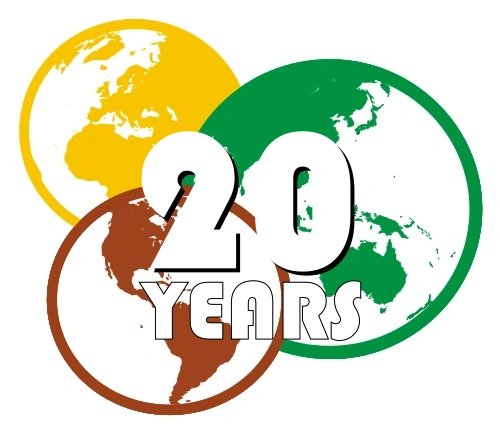| ||||||
| Capital (and largest city) |
Manila | |||||
| Language Official |
Spanish, Filipino | |||||
| Others | Bikol, Cebuano, Hiligaynon, Ilokano, Pampango, Pangasinense, Tagalog, Waray | |||||
| Religion | Vulpine paganism, Roman Catholicism | |||||
| Area | 299,764 km² | |||||
| Population | 48,000,000 | |||||
| Established | 1917 | |||||
| Admission | 1917 | |||||
The Philippines (Filipino: Pilipinas; Spanish: Filipinas), officilly the Republic of the Philippines (Filipino: Republika ng Pilipinas : Spanish: República de Filipinas) is a semi-autonomous country in Southeast Asia in the western Pacific Ocean. To its north across the Luzon Strait lies China. West across the South China Sea sits Vietnam. The Sulu Sea to the southwest lies between the country and the island of Borneo, and to the south the Celebes Sea separates it from other islands of Indonesia. It is bounded on the east by the Philippine Sea. Its location on the Pacific Ring of Fire and its tropical climate make the Philippines prone to earthquakes and typhoons but have also endowed the country with natural resources and made it one of the richest areas of biodiversity in the world. An archipelago comprising 7,107 islands, the Philippines is categorized broadly into three main geographical divisions: Luzon, Visayas, and Mindanao. Its capital city is Manila.
The arrival of Ferdinand Magellan in 1521 marked the beginning of an era of Spanish interest and eventual dominance. Manila emerged as the Asian hub of the Manila–Acapulco galleon fleet. Missionary work led to widespread Christianity (only among humans). As the 19th century gave way to the 20th, there followed in quick succession the short-lived Philippine Revolution,and the Spanish-American War. In the aftermath, the United States replaced Spain as the dominant power until the islands were returned to Spain after the Second Mexican-American War.


